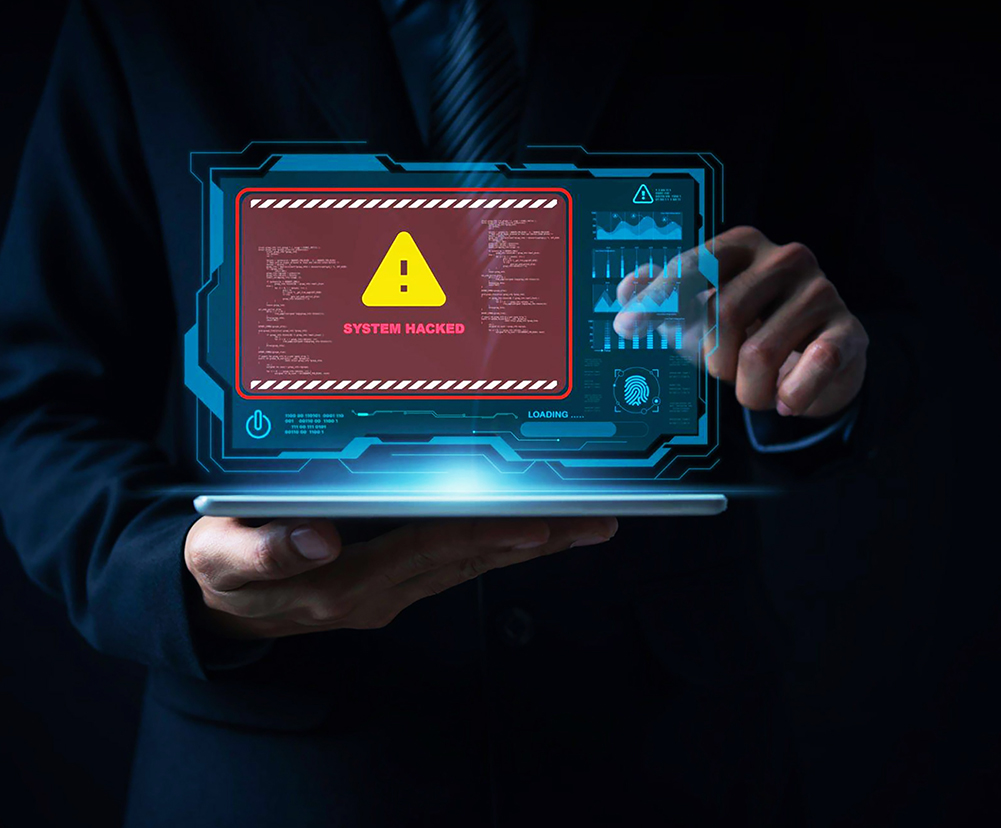
Menu
As technology continues to advance, so too do the tactics employed by malicious actors seeking to exploit vulnerabilities in networks and systems. Consequently, organizations must remain agile and adaptive in their approach to cybersecurity, continually updating their defenses to stay ahead of emerging threats. From ransomware attacks targeting critical infrastructure to sophisticated phishing schemes aimed at stealing sensitive information, the breadth and complexity of cyber threats demand a comprehensive and proactive defense strategy.
Furthermore, as businesses increasingly rely on digital platforms and remote work arrangements, the attack surface for cybercriminals has expanded exponentially. This highlights the importance of not only securing traditional endpoints but also implementing security measures across cloud-based services, mobile devices, and Internet of Things (IoT) devices. By taking a holistic approach to cybersecurity, organizations can better protect their assets and mitigate the potential impact of cyber incidents on their operations and reputation.


Achieving complete unanimity in survey responses is a rarity, yet Porter Research identified a consensus among business leaders spanning the provider and payer. The unanimous agreement centered around the acknowledgment that the surge in ransomware attacks is primarily propelled by the “growing hacker sophistication.”
Responding to these findings, the American Hospital Association conveyed to Porter Research that cybercriminals have not only become more organized but have also exhibited heightened skill and sophistication compared to the past.
While not reaching unanimous accord, a significant majority of leaders expressed a shared sentiment in response to the attacks. Specifically, 60% indicated being “less than fully confident” in their current technologies’ efficacy in preventing and mitigating ransomware attacks. Unsurprisingly, a substantial 85% of leaders designated mitigating cyberattacks as a “high” or “very high priority” for 2023. Consequently, the majority (82%) are augmenting their investments this year to enhance preventive measures and alleviate the impact of ransomware attacks.
The analyzed statistics offer profound insights into the dynamic landscape of cyber threats, emphasizing a pivotal reality: cybercriminals are diversifying their strategies, impacting every sector. The alarming projection of cybercrime costs reaching $10.5 trillion by 2025 reflects the escalating audacity and intricacy of attacks.
In 2023, a staggering 72.7% of organizations globally fell victim to ransomware attacks, marking a pervasive threat across various sectors. The projected annual costs of ransomware are anticipated to soar to approximately $265 billion USD by 2031, a substantial increase from the $20 billion recorded in 2021. Reflecting the escalating ransomware landscape, nearly half (47%) of companies have implemented a policy to pay ransoms associated with cybersecurity threats, indicating a 13% increase from the previous year.
The C-suite’s apprehension is evident, with ransomware emerging as the top concern in 62% of surveyed organizations, a remarkable 44% surge from 2022. The financial impact of ransomware is pronounced, with the average cost of an attack reaching $4.54 million. Furthermore, the average recovery cost from a ransomware incident in 2023 amounted to $1.82 million, excluding the ransom payment, according to SC Media.
Despite the prevalence of ransom payouts, only 8% of businesses that acquiesce to hacker demands receive the entirety of their data in return, highlighting the precarious nature of negotiating with cybercriminals. Backdoors were deployed in 21% of incidents addressed in 2022, while ransomware constituted 17% of these incidents, as reported by IBM Security X-Force 2023.
A growing trend in ransomware tactics is evident, with extortion being a factor in 27% of attacks according to the same report. However, there was a slight decrease in the percentage of security incidents attributed to ransomware, dropping from 21% in 2021 to 17% in 2023.
The impact of ransomware is widespread, as evidenced by 66% of organizations reporting being targeted in 2023. The average ransom payout also witnessed a notable increase, rising from $812,380 in 2022 to $1,542,333. Disturbingly, the construction industry bore the brunt of ransomware attacks in 2023, as highlighted in the eCrime Ransomware and Data Leak Site Report. Notably, the first half of 2023 experienced an 8% increase in global weekly cyberattacks, underscoring the urgency for robust cybersecurity measures. Additionally, the ransomware extortion figures for the first half of 2023 surpassed those of 2022 by $176 million, according to the Chainalysis Mid-year Update.

In an era dominated by digital advancements, the increasing sophistication of cyber threats necessitates a proactive and comprehensive approach to cybersecurity. This collection of strategies is curated to fortify organizational defenses against evolving threats and promote a resilient cybersecurity posture. From prioritizing prevention over detection to embracing automation and fostering good cyber hygiene practices, these guidelines aim to equip organizations with the tools and mindset needed to navigate the dynamic landscape of cybersecurity effectively. Each strategy addresses specific facets, including software updates, unified architectures, access control, and third-party assessments, providing a holistic framework to safeguard against cyber threats and maintain operational continuity.
The escalating threat of cyber-attacks in today’s digital landscape highlights a consensus among business leaders regarding the increased organization and skill of cybercriminals, leading to a surge in ransomware attacks. Statistical data reveals the pervasive impact of ransomware across sectors, with projections indicating substantial financial losses. Despite concerns and increasing ransom payouts, the efficacy of negotiations with cybercriminals remains limited. A comprehensive framework for proactive cybersecurity strategies, emphasizing prevention, software updates, unified architectures, access control, automation, and good cyber hygiene practices, is an essential measure to mitigate evolving threats effectively.
References:
Sign Up and Never Miss Out on What We’re Up To